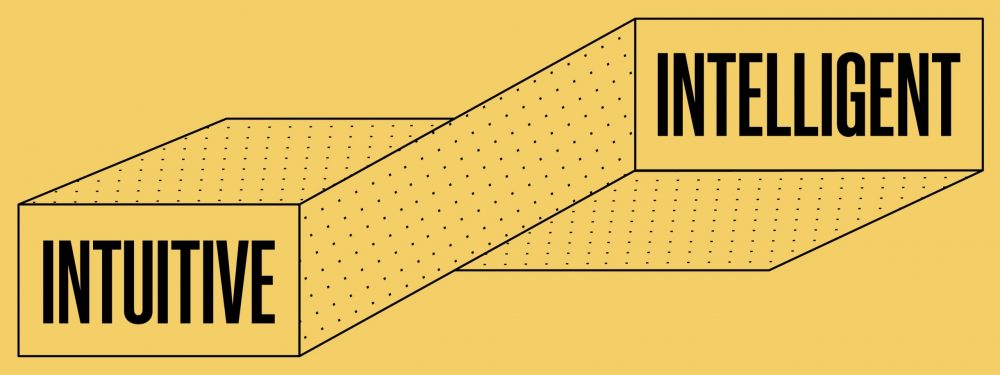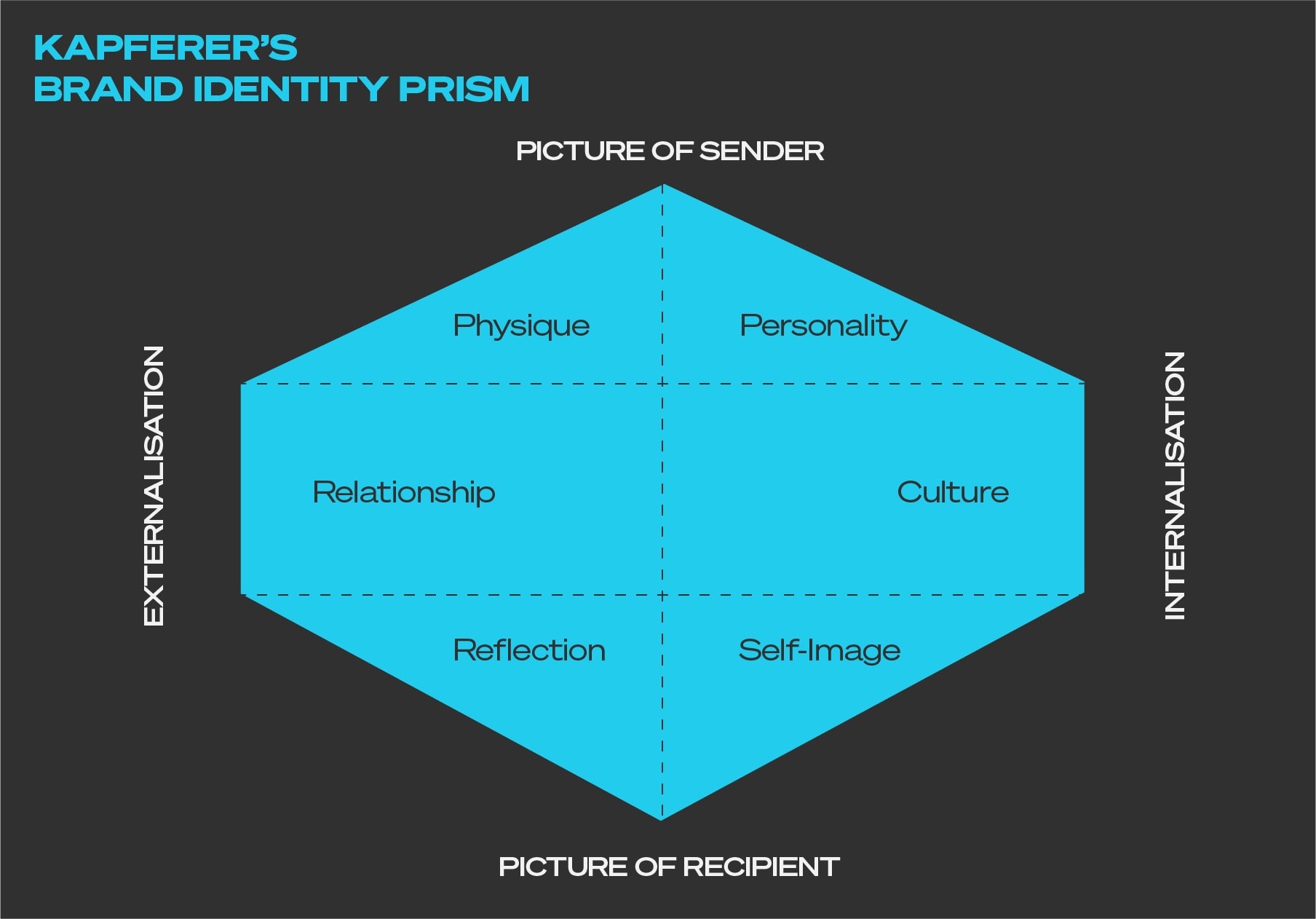Related Services
Credits
Writer: Eric Barnett

You’ve landed the big site redesign project. You sit with key stakeholders, excited and full of enthusiasm. You diligently conduct interviews, using your stakeholders as proxies for their community. They are full of ideas, aspirations, and visions.
Their passion and the depth of their knowledge inspire you. After all, these are the folks closest to the brand; they live and breathe it; they are its caretakers; they are responsible for its success and growth.
You ask for access to their analytics, anticipating it will validate their knowledge and instincts.
And then you look at the data.
Scratching your head, you wonder how everything you just heard could line up with what you are seeing. The user demographics and composition don’t at all match up with what you just heard. Top pages are all wrong, and user behavior doesn’t look like what you were expecting. Sure, maybe there’s a small, passionate subset of highly engaged folks that validate what your stakeholders were saying – but it’s almost as if the stakeholders and the data are describing two different digital properties.
Surely someone must be wrong? Aren’t we taught in this data-driven world to put our trust in the numbers, in quantitative analysis and micro-targeting and metrics?
“Analytics & Instinct are almost always both right”
In our opinion here at Pastilla, when presented with this conundrum, our answer is that Analytics and Instinct are almost always both right, and there’s a reason why. And our responsibility is first and foremost to educate our stakeholders – to help them understand how their audience perceives them or is going to view them – and collaboratively craft a collective vision of their digital future that integrates their hopes and goals and dreams with their customers and community.
Brand Identity Prism
Way back in 1986 (we’ve been at it a while), a gentleman named J. Kapferer designed something called the Brand Identity Prism, which became an industry standard:

Kapferer posited that the most reliable brands weave all six elements together seamlessly into a cohesive brand identity and message – with all six facets relating to the brand’s core essence. There are certainly newer brand frameworks, but this time-tested one serves well to tell the story of Analytics vs. Instinct.
In our experience, a lot of site designs and builds focus primarily on resolving the top two facets – the Personality, an “internalization” of the brand’s character traits, as articulated by the stakeholders, and then the physique, or physical – the visual manifestation of that Personality. And hey – visual designers design, so this is arguably all as it should be.But it’s middle and bottom facets where data and instinct need to come together, where the rubber hits the road. In our example above, what the stakeholders conveyed to us was their Culture and Self-Image – what they thought their ideal community member/customer looked like, how they wanted to engage with them, and how they saw themselves – again, on the side of “internalization.” But the disconnect was on the “externalization” side, which led to us getting the client engagement in the first place because their site just wasn’t doing a very good job of serving their actual constituency.
Once upon a time – well, at least back in the 20th century – this kind of Brand Analysis was conducted by way of a focus group, interview, and survey. Try to find a brand’s customers out there in the world, and ask them questions. No doubt, some fantastic work was done this way. The advertising geniuses fictionalized in “Mad Men” represent a period where the industry best took instinct and information coming from what we would see today as incredibly small sample sizes to dizzying heights, creating iconic brands, and revolutionizing communication between brand and customer.
Data Driven Design
But those Madison Avenue folks, or even Kapferer himself in 1986, couldn’t have dreamed of a tool like Google Analytics. Today, rather than focus groups and qualitative analysis like the agencies of old, we can analyze and slice and dice our metrics in quantitative ways that couldn’t have even been imagined then. We aren’t saying that qualitative analysis doesn’t have value – but when you can hear the customer or user stories in the numbers and data from the customers’ own actions, few metrics can be more powerful.
… rather than focus groups and qualitative analysis…we can analyze and slice-dice our metrics in quantitative ways that couldn’t have even been imagined…
The remaining “externalization” facets – which today, whether folks realize it or not is being manifested in the principle of “data-driven design” – speak to these two facets. Relationship speaks to what the customer or community member expects to get from their digital engagement and Reflection to who the brand’s ideal customer or community member actually is.
Helping your client to understand their audience
So in the case of the site mentioned above redesign, we first helped our client to understand their audience. We advocated for what we thought would help them to increase engagement for their user community, to redesign their information architecture, down to design styles and features, and verbiage. And immediately got quite the appropriate push back – because what their constituency was coming to visit their site for just wasn’t quite what they wanted to be as a brand, or how they saw themselves. And we collaborated together to find that place where all six facets related to the brand’s core essence – even if that ultimately meant a smaller, but more engaged and loyal audience.
For example – is Brad Pitt, a “celebrity”? Is the “talent”? Is he a more generic “person” in the entertainment industry? Are Box Office statistics more or less critical to the brand than the latest interview with a Hollywood star? These are decisions and agreements that are critical to aligning internalization with externalization. They need to align in happy compromises for any digital property to thrive. It should reflect the value proposition, Self-Image, and Culture of the brand, while also serving the needs of its customer and community.
What If There Aren’t Any Existing Metrics?
But wait, you say – I don’t have any existing metrics! Fortunately, this approach isn’t relegated only to redesigns where you have historical data. Should you be fortunate enough to find a greenfield opportunity – say, designing, and building a new digital property for a startup – you can still find more than enough data out there to help drive your decisions on the “externalization” side.
Look at competitor brands, and learn whatever you can from their publicly available metrics. And ask the founders hard questions – because as a startup, trying to match a founder’s instincts to “data-driven design” might well be the crucial piece of “product/market fit” that determines whether or not a new company can get traction. You’ll need to rely more on instinct, but not solely. That effort to ground that vision in hard numbers and find compromises will help your client get to market more aligned with their customers and hopefully avoid the kinds of problems inevitably arise from a mismatched brand.
Bottom Line
When the data doesn’t agree with what you are hearing, don’t conclude that your client is “wrong.” Understand that they may not understand the externalization of their brand, enlighten them, and work to agree on that happy medium. It will best serve its brand and its users.
Truly, it’s not Analytics vs. Instinct. It’s always both.

